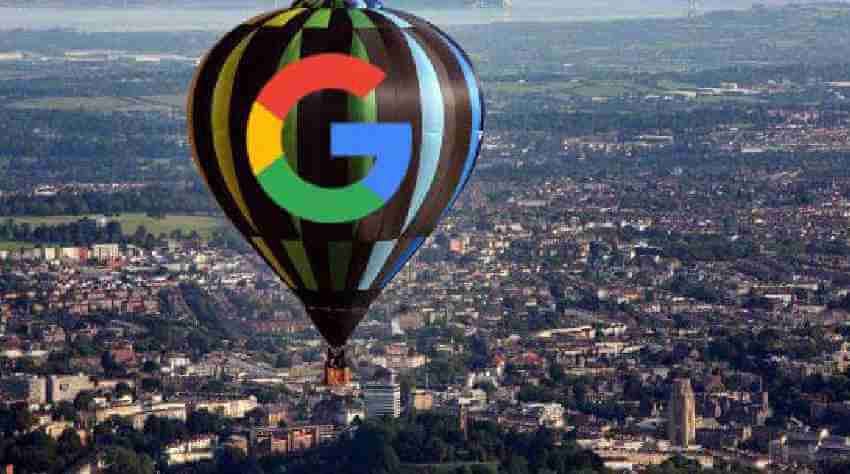Project Loon is a network of helium filled balloons, designed to provide internet services to people in rural and remote areas. It was named Project Loon, since Google itself found the very idea of providing internet access to the unserved 5 billion populations “crazy”. The signal travels through the balloon network from balloon to balloon, then to a ground-based station which is connected to an Internet Service Provider (ISP), then onto the global Internet. This will help in communication during natural disasters.
Project Loon balloons will remain in the second layer of atmosphere, i.e. stratosphere, suspended at around 20 km above the earth’s surface. In the stratosphere, there are different layers of wind, with different direction and speed. The balloons can be taken to a particular wind layer, after identifying the wind layer with the particular speed and desired direction using wind data from the National Oceanic and Atmospheric Administration. Loon balloons can go in any direction, by rising or descending into a layer of wind. Project Loon uses software algorithms to control its movement, and then moves each one into a layer of wind blowing in the right direction.
A balloon can last up to 100 days in the stratosphere. The inflatable part is called a balloon envelope; it is made up of polyethylene plastic sheets. When fully inflated, the balloon has a dimension of 15m width and 12m height.
By moving with the wind and charging from the sun, Project Loon is able to power itself using entirely solar energy. Balloon’s electronics are powered by solar panels capable of producing enough power to keep Loon’s electronics running while also charging a battery for use at night.
Each balloon supports a boxy gondola stuffed with electronic circuits based on solar energy. A small box containing the balloon’s electronics hangs underneath the balloon, like the basket carried by a hot air balloon. This box contains circuit boards that control the whole system, radio antennas to communicate with other balloons and with Internet receiver antennas on the ground, and it can even work at night uninterruptedly by storing solar energy to lithium ion batteries.
They make a radio link on the ground and beam down high-speed Internet to smartphones and other devices.
Google says these balloons can deliver economic and social benefits to the 60 percent of the world’s people who don’t have internet access. Many of those people live in rural places where telecommunications companies haven’t found worth the time and money to build cell towers or other infrastructure.
Each balloon covers around 80 km (diameter) ground area using a wireless communications technology called LTE.
To use LTE, Project Loon share cellular spectrum by partnering with telecommunications companies so that people will be able to access Internet everywhere directly from their phones or any other device.
Project Loon first test was in June 2013, New Zealand, when thirty balloons were launched from South Island providing Internet to a small group of pilot testers. The pilot test has been repeatedly expanded to cover a wider area.
Facebook will use solar-powered drones to provide Internet which will give competition to Google.


